18th century Colonial women adorned themselves with a variety of simple, understated jewelry that was influenced by European styles, but often they had to be inventive.
“Heart-in-hand” rings — descended from Roman engagement and wedding rings — were given as tokens of affection by lovers and would-be suitors.
Pearls were a staple in many forms, particularly in necklaces and drop earrings, if they could afford to buy them. Often, they were able to secure pearl-like white beads, called French pearls, or gold beads to string onto strong thread that would then be sewn onto ribbon to tie around the neck with a bow in the back, since they wanted to be attractive from both sides. Often, the ribbon in back would be large and elaborate, even falling as a pleat from the neck down the back of the dress.
Single or multiple-strand pearl necklaces were popular because they complimented the deep necklines of the sacque gowns.
Since natural pearls were a rare luxury, women whose portraits were painted wearing the gems often did not own them, but were borrowed or rented from the painter.
Nearer the war in the 1770’s, the ribbons became narrower, usually to hold a suspended drop jewel or locket. Ribbons were also used to around the wrists, and held a sliding mourning brooch with the portrait of the lost relative. Not unusually, ribbons were often replaced by the braided hair of the deceased, almost like today’s friendship bracelets, holding the same mourning brooch that, in some way, honored the deceased person.
Note for photo mourning jewelry: 18-Century American Mourning Jewelry: At the. left is an oval brooch in gold frame engraved: “Frances Blackston, died 30 Augt. 1780, aged 60.” The miniature painting is attributed to John Ramage; center, mourning locket for Dr. Joseph Youle that depicts his tombstone with complete inscription, dated 1795. At the right, miniature locket of Dr. Youle that his wife wore before his death and after that the mourning locket illustrated.
For prosperous, wealthy Colonialists, colored stones, such as amethysts, garnets, and diamonds were used in pre-made, expensive pieces of jewelry, just like today. Often, artificial paste stones were mixed in the settings of precious jewels, to cut the costs for some who wanted to show off their affluence without the heavy costs it would incur if the stones were real.
Women were often forced to construct their own jewelry if the simply couldn’t afford to buy them. Most popular was taking ornate buttons off a favored but worn garment and turning them into earbobs (earrings) or pendants to be worn on ribbons or cheap, linked chains procured from amateur silversmiths in the neighborhood. It was also popular to heavily starch a clipping of lace, whether it be Venetian or French, Irish or Scottish, or fancy material attached to a button, and string it onto a simple hook or clasp for the ears. Often, just pretty stones found on the ground and patiently worked so it could be attached, was used.
These chains were especially popular for the gentlemen, as well, since it was around this time that watch fobs came into fashion. Men would often visit their local silversmith and procure detailed and ornamental gold coat buttons to replace plainer ones on their coats.
Modern replica of a pair of Venetian lace earrings, design taken from the Colonial era.

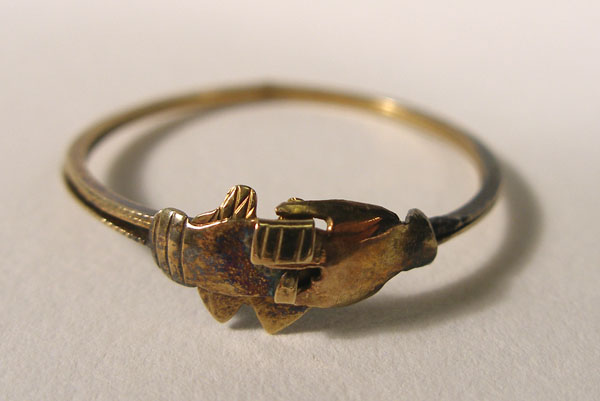
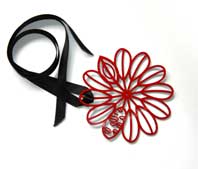
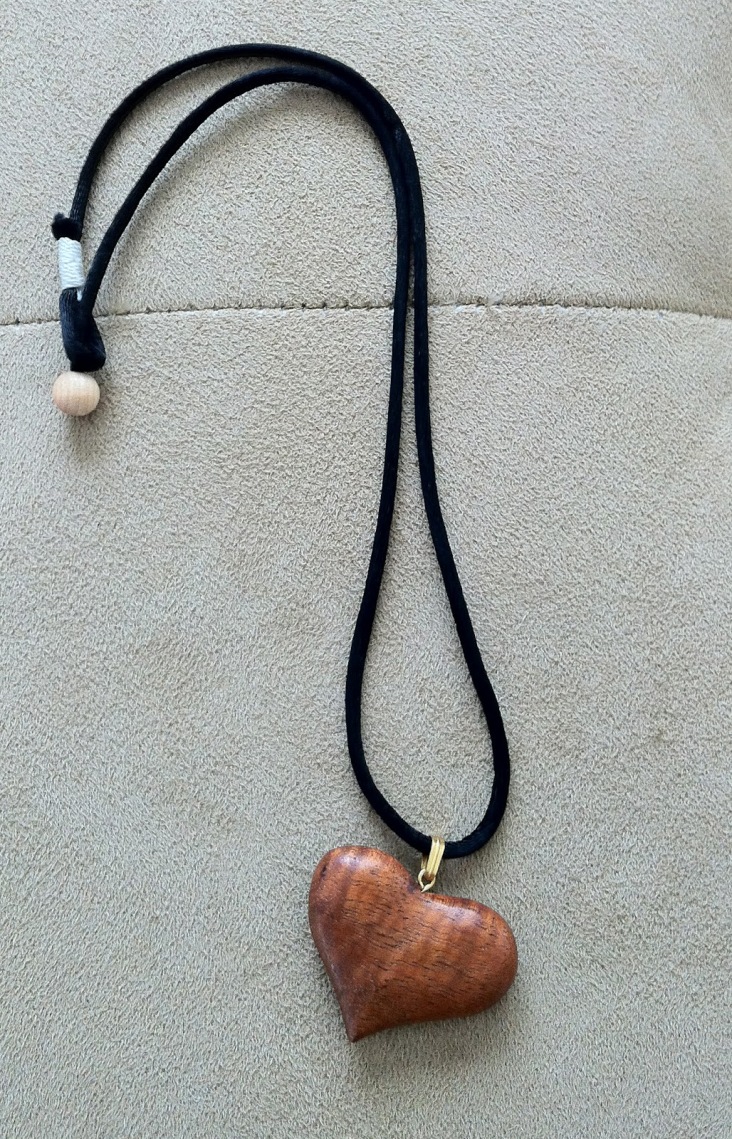
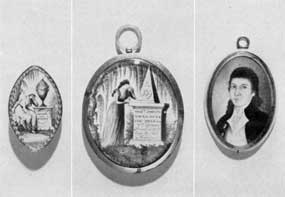
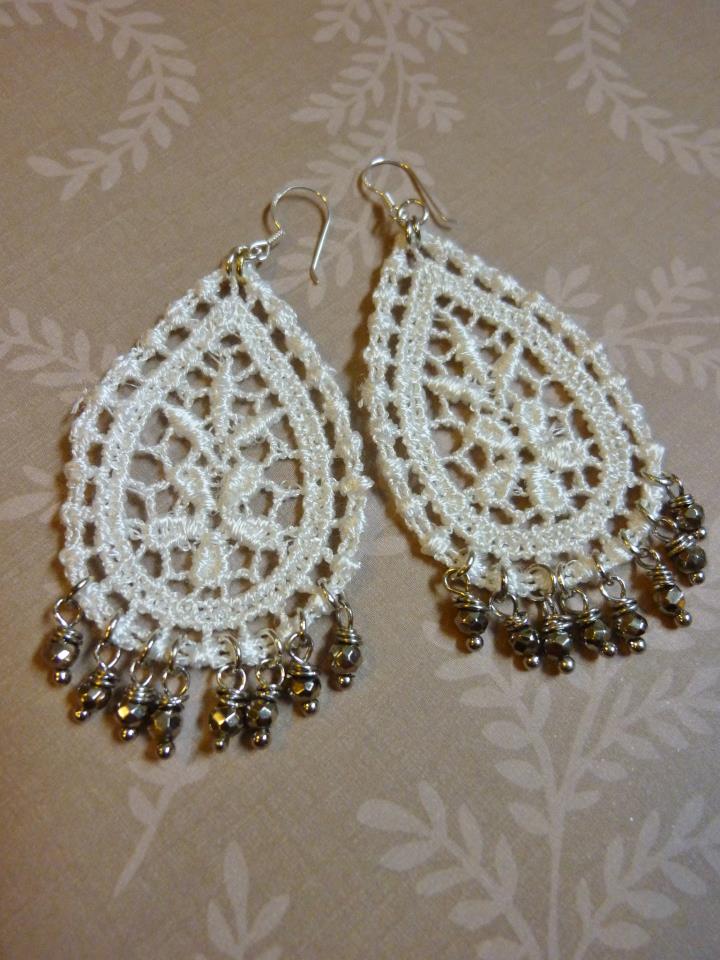
No comments:
Post a Comment